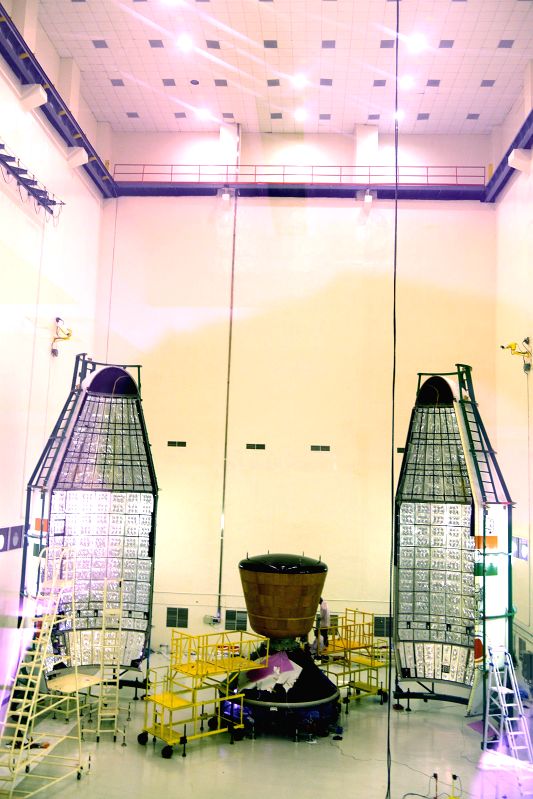Free Karma
Senior Member
- Joined
- Oct 3, 2013
- Messages
- 2,372
- Likes
- 2,600
ISRO Logs Milestone with Cryo Engine - The New Indian Express
THIRUVANANTHAPURAM : Taking a big step forward in the development of bigger and more powerful locally-built rocket engines, the Liquid Propulsion Systems Centre (LPSC) on Monday successfully conducted the first 'cold flow test' on the CE-20 cryogenic engine, which will power the upper stage of the Geosynchronous Satellite Launch Vehicle-Mk III (GSLV-Mk III).
"It's a milestone," LPSC director Dr K Sivan told 'Express' here on Tuesday, confirming that the test had gone as planned at the LPSC facility in Mahendragiri, Tamil Nadu. The first 'hot test' - where the engine will be fired for a few seconds- will be performed in three weeks' time, Sivan said. In a cold test, the propellants are not ignited. Cryogenic engines were back in the news with the Kerala High Court making a reference to it on Monday while passing a directive on the infamous ISRO spy case of 1994. The spy case had delayed its development and the ISRO could conduct the first successful flight test aboard the GSLV-Mk II type launch vehicle (GSLV-D5) only on January 5, 2014.
CE-20 is a mightier version of the CE-7.5 engine used in the GSLV-D5 mission. Cryogenic technology is highly complex as the propellants must be stored at extremely low temperatures. The work is progressing on another CE-7.5 engine, which will power the upper stage of the GSLV-D6, a ditto version of the GSLV-D5, expected to be flown in March-April 2015. This flight is very crucial for ISRO to prove that the cryo stage is reliable.
"The work on the engine is in an advanced stage," said N R Vishnu Kartha, LPSC associate director and GSLV Cryogenic Upper Stage Project director.
The CE-20 will make isro self-reliant. The success of the CE-20 engine is crucial for the GSLV Mk-III launch vehicle project. This Mk-III rocket will make ISRO self-reliant in the launch of heavier communication satellites in the 4000-plus kg class. The rocket will give ISRO an edge in the international satellite launch market.








